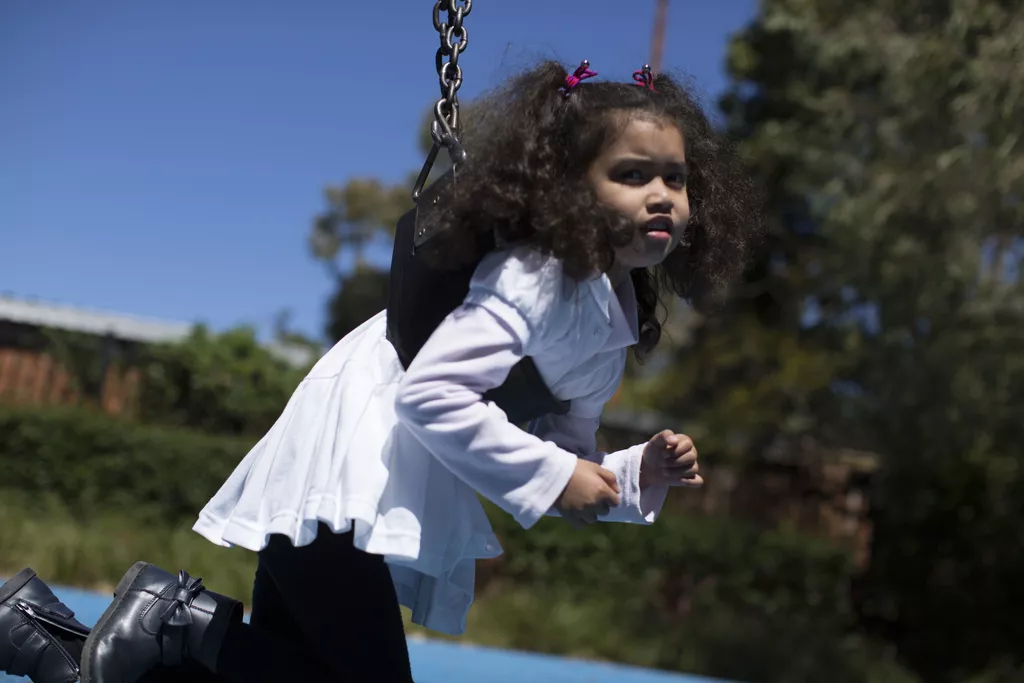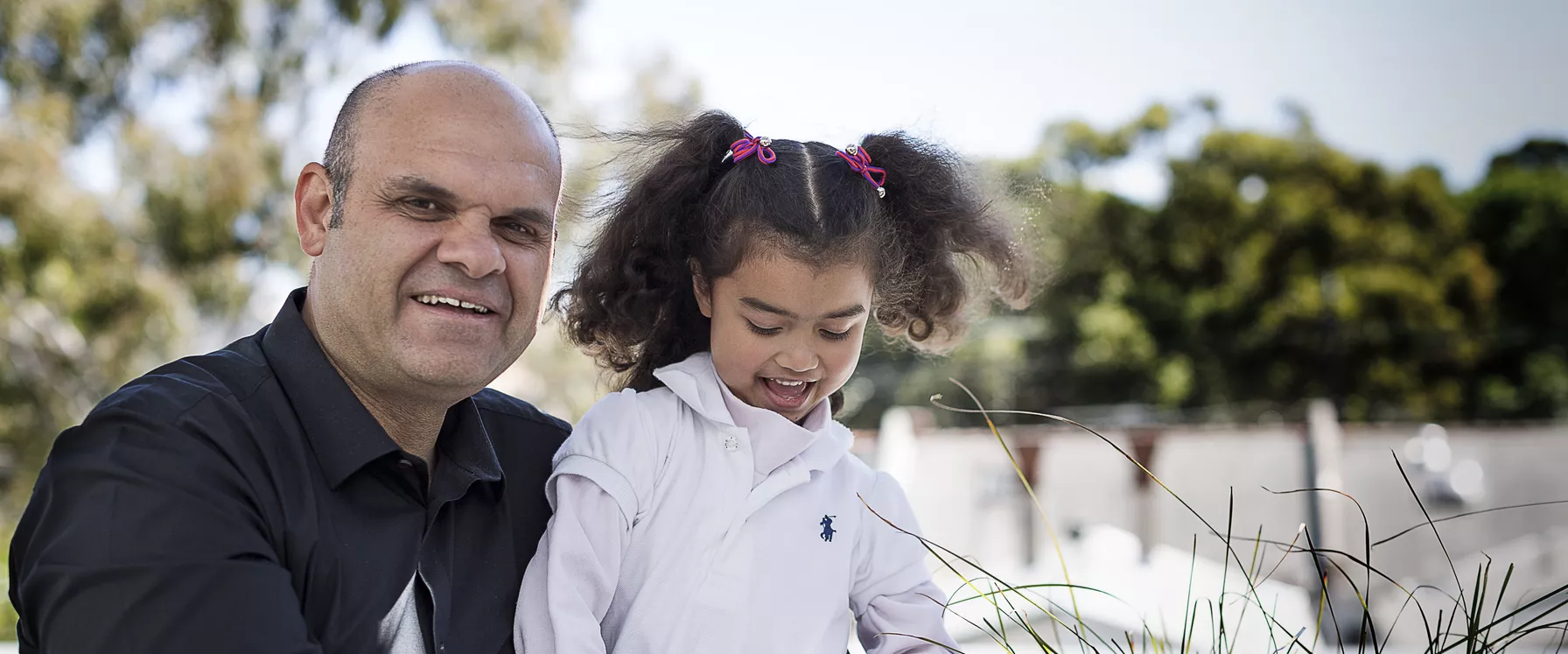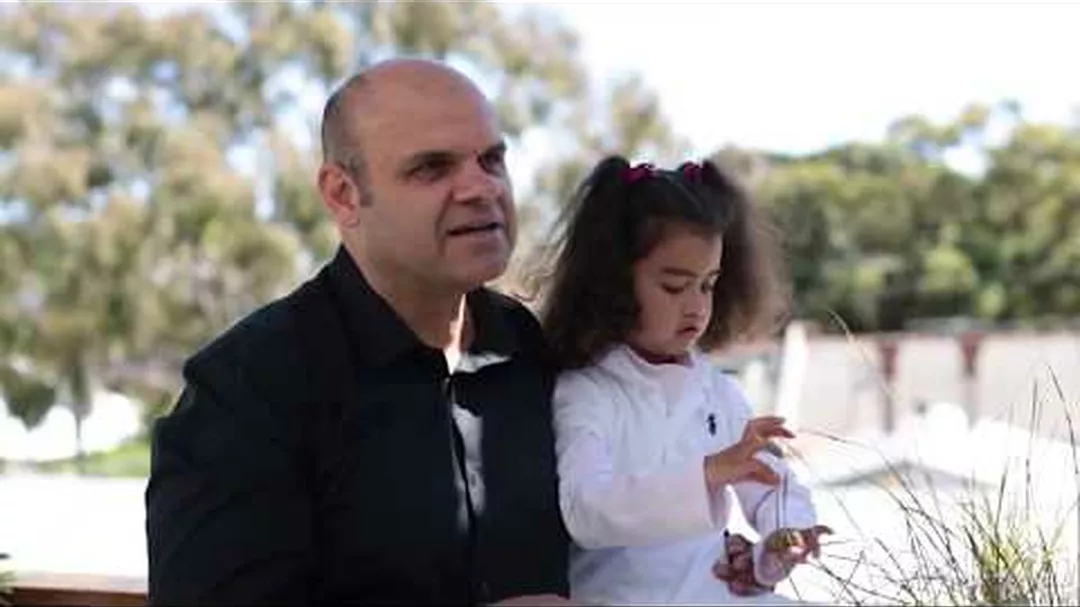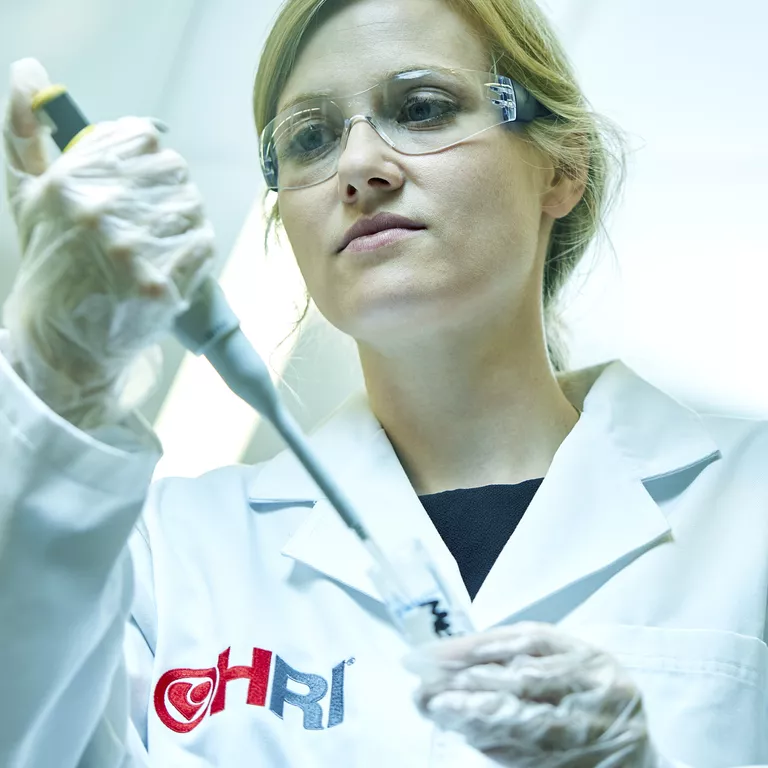“Your daughter needs open heart surgery.”
For Basil and Susan Mourtos, these words were the start of their worst nightmare become reality.
It was 2017. Their daughter Siana was a normal four-year-old. She enjoyed playing with her dog, racing around on her scooter and cuddling with her mum and dad.
She also had a 2cm-wide hole in her heart.
It started simply. Siana had caught a cold, and during a routine check-up, the doctor heard something in Siana’s heart that prodded her to further investigate. Even then, Basil didn’t think anything of it. After all, the heart murmur the doctor had observed was quite common in many people.
It was only after an ultrasound months later that he heard those life-changing words:

Basil’s first reaction was shock – there had been no symptoms, and Siana outwardly appeared healthy. But it was true. Within a few weeks, Siana underwent an operation to patch the hole in her heart.
Two months after the operation, Siana was well on the way to recovery and back to playing on swings and learning to ride her bike.
Basil gratefully says, “Thanks to the advances of heart research and all the scientists, Siana is now able to have a full and healthy life.”
How is HRI helping?
The Clinical Research Group is working on several exciting projects that will help to transform – and save – the lives of people with congenital heart disease (CHD).
With the Congenital Heart Alliance of Australia and New Zealand (CHAANZ), the Group is creating a CHD register to maximise the quality of life for CHD patients by providing the best of care for their life journey, by identifying deadly gaps in the healthcare system. This will be the largest compiled database on CHD in the world and the only resource of its type in Australia.
The Group is also conducting the world’s first randomised controlled study into the benefits of exercise for people with CHD. This information will then be used to develop guidance that can be rolled out across all corners of Australia via hospitals and telehealth services – including to remote areas and Indigenous populations that are at higher risk of cardiovascular disease.


